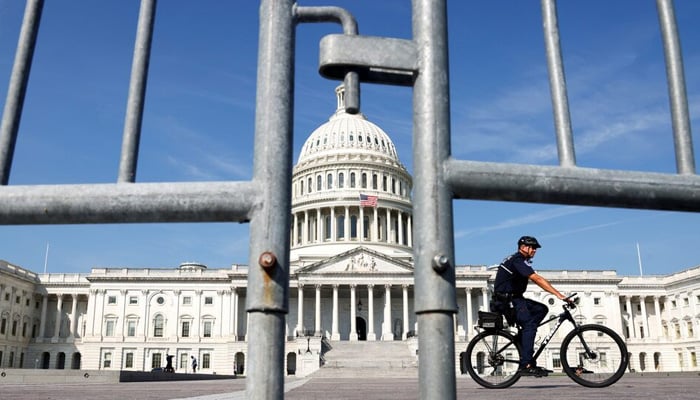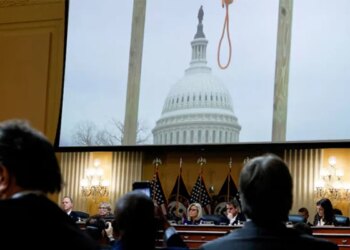Select Language:
The United States Congress is resuming sessions on Tuesday, with less than four weeks remaining to meet a critical funding deadline—an essential task that has proven challenging in recent years. The upcoming deadline on September 30th puts pressure on lawmakers to fund federal agencies and avoid a partial government shutdown.
Partisan divisions have deepened during the first year of President Donald Trump’s latest term, with Democrats upset over decisions to withhold some funding previously authorized through bipartisan agreements, along with the passage of a July tax reform bill. Analysts warn that this legislation could lead to over 10 million low-income Americans losing healthcare coverage.
The task of agreeing on approximately $1.8 trillion in discretionary spending within the broader $7 trillion federal budget is further complicated by anticipated debates over disclosures related to Jeffrey Epstein, a convicted sex offender and former associate of Trump, as well as the increased deployment of federal agents and National Guard forces into Washington, D.C.
Since 1981, there have been 14 partial government shutdowns, most lasting only a day or two. The most prolonged was a 34-day shutdown from December 2018 into January 2019 during Trump’s first term.
Republicans control the House with a 219-212 majority and the Senate with a 53-47 advantage. However, passing most bills in the Senate requires 60 votes, meaning Democratic support from at least seven members is necessary for funding measures.
This summer, the blame game began early, with both parties pointing fingers should a shutdown occur. As Republicans pushed forward with Trump’s request for a $9 billion cut in foreign aid and public broadcasting funding, Senate Minority Leader Chuck Schumer warned in July that Democrats wouldn’t simply follow usual bipartisan procedures if funding was cut unilaterally. He indicated that Democrats would oppose such moves, especially after Republicans had already cut previously approved funds.
Schumer faced criticism from within his party in March for voting to keep the government funded through a continuing resolution, a move he justified by arguing that a shutdown would have been more damaging.
Democratic leadership has yet to finalize a full strategy but has requested a meeting with Republicans to discuss the September 30th deadline. Some Democrats are hoping for assurances that Republicans won’t cut funds unilaterally if the administration requests more cuts, viewing the deadline as leverage to secure concessions.
Senate Majority Leader John Thune expressed hope that negotiations would proceed in a bipartisan manner as the deadline approaches. Others, including Senator Elizabeth Warren of Massachusetts, believe the Republicans will be blamed for a shutdown and see the deadline as an opportunity to leverage increased funding for healthcare.
Warren, speaking at a rally in Nebraska in August, said, “In September, Republicans will need Democratic votes to pass a budget and keep the government open. If you want my vote—and I hope the votes of other Democrats—you should restore healthcare coverage for 10 million Americans.”
The U.S. federal debt has reached $37.25 trillion and continues to grow, reflecting ongoing congressional approval of increased spending despite deficits.







